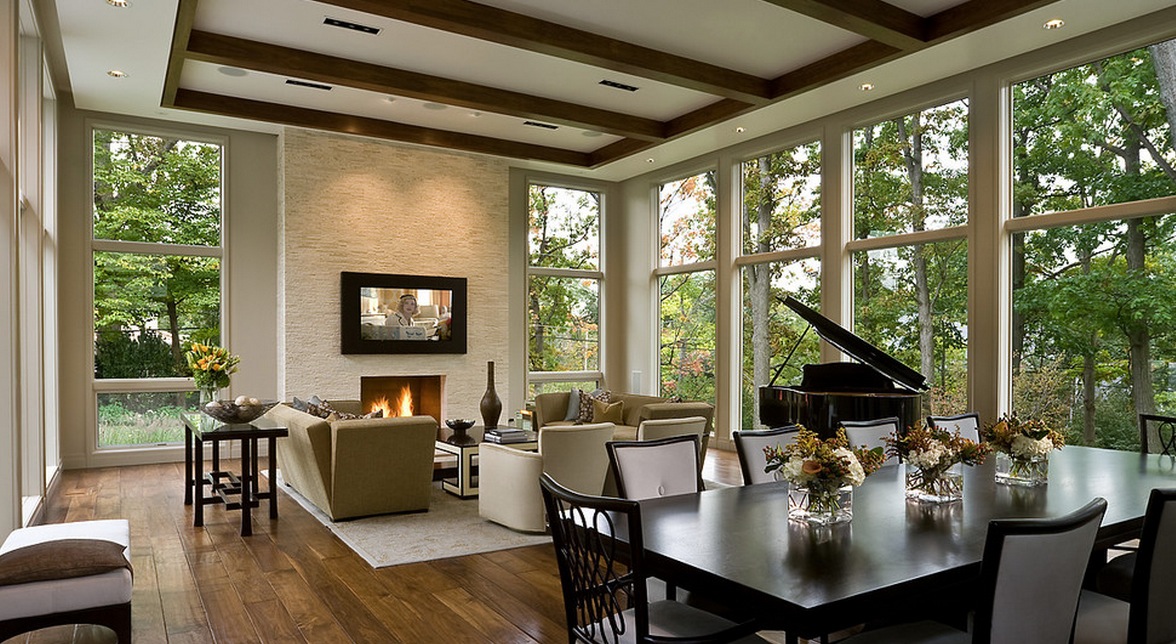Point 12
Natural Light: The Illuminating Guide to a Brighter Home
Transform Your Living Space: How the Quality and Availability of Natural Light Affects Your Home Life
Natural light is more than just a trendy selling point; it’s an essential factor that significantly influences your home’s appeal, function, and even your well-being. While artificial lighting is undoubtedly important, there’s no substitute for the quality of light provided by the sun. During our evaluation, we will look at how much natural light each room receives, the quality of that light, and how it affects your home’s overall atmosphere. We’ll also look at ways to maximize natural light through strategic placement of windows, skylights, and reflective surfaces.
A Luminous Home: The Art and Science of Maximizing Natural Light
Enhance Your Home’s Atmosphere, Functionality, and Well-being
Natural light is a crucial, often overlooked aspect of home design and functionality. It has the power to uplift your mood, make spaces look larger, and even contribute to your home’s energy efficiency. Below, we dive into the critical areas to focus on when evaluating the natural light in your home.
The Golden Hours: Timing and Direction
When assessing natural light, timing and the sun’s trajectory are vital. Rooms facing east will have excellent morning light, whereas western-facing rooms shine brightest in the afternoon. This directional lighting influences both the mood and functionality of a space, and in some cases, the need for temperature control.
Window Sizing and Placement: Where Size and Location Matter
The size and placement of windows in your home can significantly impact the amount of natural light that filters in. Larger windows or a series of smaller ones grouped together can act as a natural spotlight for your room. Consider also the height at which windows are placed. Higher windows or skylights can allow light to penetrate deeper into the room.
Glass Quality: More Than Just Transparency
Not all window glass is created equal. The type of glass used can influence not only the amount but also the quality of light. Double-glazed windows or those with special coatings can filter harmful UV rays while still letting ample light through.
Artificial Aids: Mirrors and Reflective Surfaces
In some cases, maximizing natural light involves more than just window considerations. Mirrors, reflective paint, and shiny surfaces can help bounce sunlight around a room, effectively illuminating darker corners. This is particularly useful in rooms that cannot be structurally altered to add more windows.
Window Treatments: The Art of Light and Shade
While having ample natural light is wonderful, there are moments where you’ll want to control its intensity. The right window treatments—blinds, shades, or drapes—allow you to manage the light entering your rooms effectively.
Open Floor Plans: Light’s Best Friend
The layout of your home can also significantly influence the flow of natural light. Open floor plans tend to distribute light more evenly, making spaces look more extensive and inviting. Conversely, a layout with many walls or barriers can obstruct the flow of light.
Seasonal and Weather Considerations
The quality of natural light also varies by season and weather conditions. While assessing natural light, consider how your home feels during different seasons or weather types. Some rooms may become too hot during the summer but perfect during winter, necessitating adjustable window treatments.
Conclusion
Natural light plays a critical role in turning a house into a home. Its quality affects mood, perception of space, and even your utility bills. While maximizing natural light often involves several factors like window sizing, glass quality, and room layout, the results are invariably rewarding. Embrace natural light to transform your living environment into a brighter, healthier, and more inviting space.



